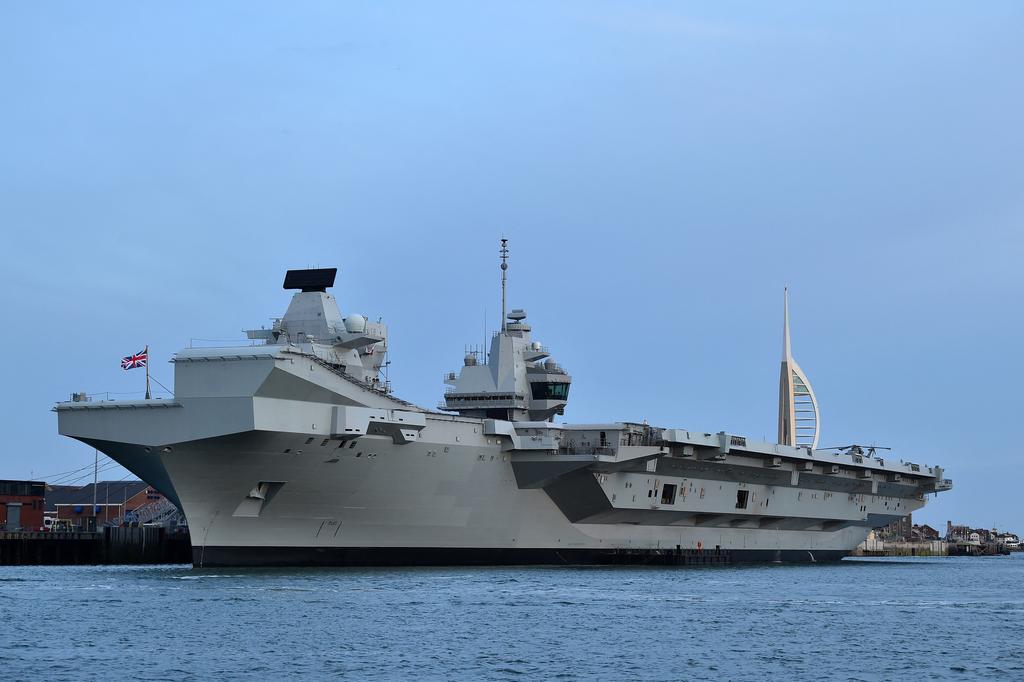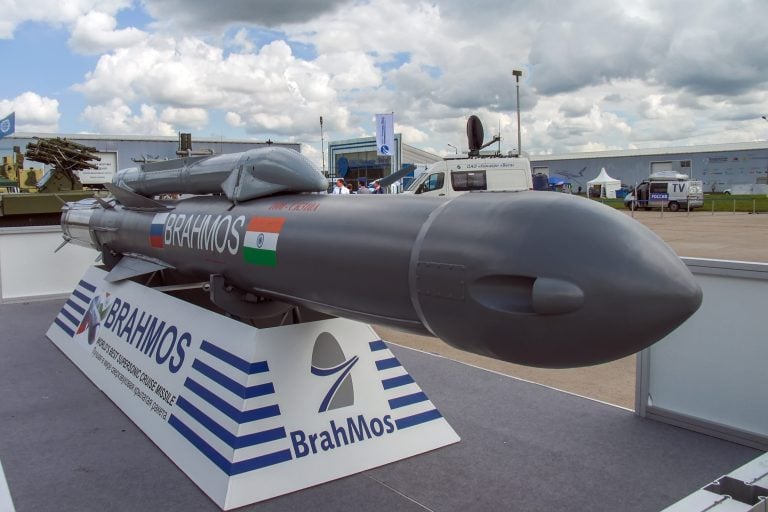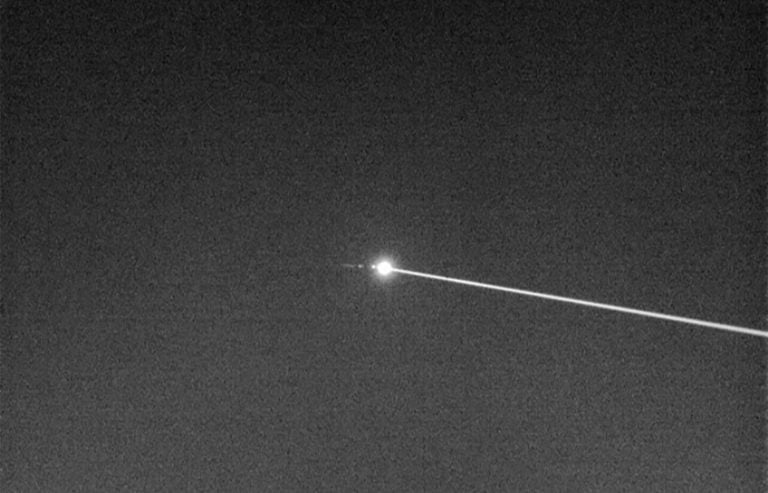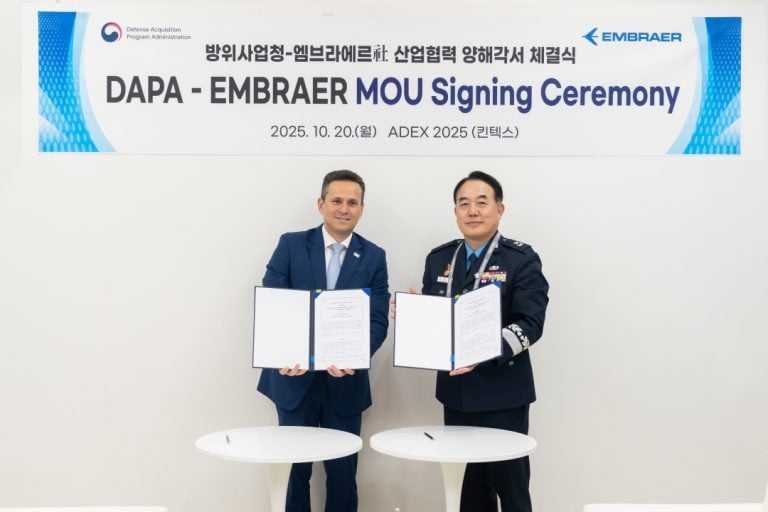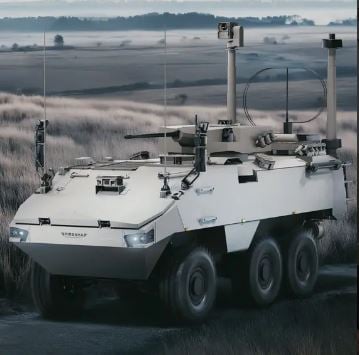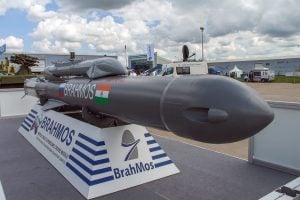The UK Ministry of Defence (MoD) is currently assessing options for future airborne early warning capabilities intended to operate from the Royal Navy’s Queen Elizabeth-class aircraft carriers. This initiative is part of a broader strategy to enhance the navy’s carrier strike groups, which consist of the aircraft carrier itself, along with supporting vessels, escort frigates, and destroyers.
The MoD’s objectives for the new airborne early warning system emphasize the necessity for persistent 24-hour surveillance, capable of providing timely warnings against a variety of air and surface threats. These threats include anti-ship guided weapons and strike aircraft. Notably, the Royal Navy’s existing Crowsnest airborne surveillance and control system, currently mounted on Merlin helicopters, is scheduled for retirement by the end of 2029, following just five years of full operational capability.
The decision on the carrier platform for the future airborne early warning system has yet to be finalized. However, there are potential candidates, including unmanned aerial vehicles such as the General Atomics MQ-1C Mojave, which underwent testing aboard the HMS Prince of Wales in 2023. Another contender is the MQ-9B UAS, also developed by General Atomics, which features short takeoff and landing capabilities. These unmanned systems could be outfitted with the new early warning technology, thereby offering a broader radar horizon compared to traditional helicopter-mounted systems, thanks to their ability to operate at higher altitudes.
A significant challenge facing the British carriers is their lack of CATOBAR (catapult assisted take-off barrier arrested recovery) capabilities. This limitation means that the carriers are unable to utilize conventional Airborne Early Warning and Control (AEW&C) systems such as the E-2 Hawkeye. Currently, each of the Queen Elizabeth-class vessels can deploy a maximum of 36 F-35B jets, which are designed for short take-off and vertical landing operations. The Royal Navy envisions a progression in its aviation capabilities, transitioning from STOVL (short take-off and vertical landing) operations to STOL (short takeoff and landing), then to STOBAR (short takeoff but arrested recovery), and ultimately to CATOBAR systems in the future.
To facilitate the development of the Carrier Strike Airborne Early Warning System, the MoD has initiated a market research event, seeking insight into available skills, technologies, and products that can mitigate the risks associated with this project. Responses to the MoD’s Request for Information (RFI) are due by May 6, 2025, and a follow-up tender is expected by January 1, 2026. The MoD anticipates awarding the eventual contract in January 2027, with project completion expected by May 2032. The estimated value of the contract is projected to range between £500 million ($654 million) and £1.5 billion ($1.93 billion).
